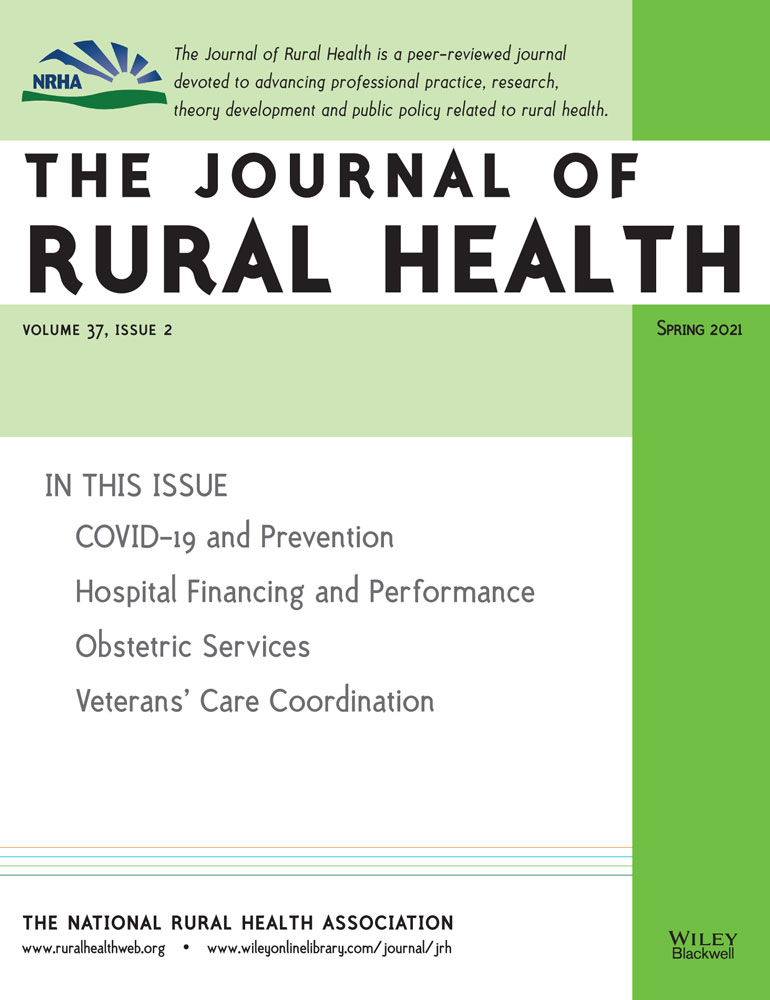For Rural Hospitals That Merged, Inpatient Charges Decreased and Outpatient Charges Increased: A Pre-/Post-Comparison of Rural Hospitals That Merged and Rural Hospitals That Did Not Merge Between 2005 and 2015
Funding: This research was partially supported by: (1) a National Research Service Award Predoctoral/Postdoctoral Traineeship from the Agency for Healthcare Research and Quality sponsored by The Cecil G. Sheps Center for Health Services Research, The University of North Carolina at Chapel Hill, Grant No. T32-HS000032; and (2) This study was also partially supported by the Federal Office of Rural Health Policy (FORHP), Health Resources and Services Administration (HRSA), U.S. Department of Health and Human Services (HHS) under cooperative agreement # U1GRH07633. The information, conclusions and opinions expressed in this brief are those of the authors and no endorsement by FORHP, HRSA, HHS, or the University of North Carolina is intended or should be inferred.
Acknowledgments: The authors greatly appreciate the collaboration of Hilda Ann Howard and Randy Randolph, who helped determine whether and when rural hospitals merged as well as provided technical data assistance. The authors also thank the Federal Office of Rural Health Policy for making this research possible.
Abstract
Purpose
To determine whether inpatient and outpatient charges changed at rural hospitals after a merger.
Methods
Hospital mergers were derived from proprietary Irving Levin Associates data through manual review and validation. Hospital-level characteristics were derived from HCRIS, CMS Impact File Hospital Inpatient Prospective Payment System, Hospital MSA file, AHRF, and US Census data. A difference-in-differences approach was used to determine whether inpatient and outpatient charges changed at rural hospitals after a merger. The comparison group, rural hospitals that did not merge at any point during the sample period, was weighted using inverse probability of treatment weights. Key outcome measures were total inpatient and total outpatient charges (logged).
Findings
Hospitals that merged billed 17.73% more inpatient charges and 12.66% more outpatient charges at baseline compared to hospitals that did not merge. Our results indicate that merging was associated with a 3.04% decrease in inpatient charges (P < .001) and a 1.07% increase in outpatient charges (P = .082). Merging was also associated with a 4.38% decrease in total revenue, a 3.58% decrease in net patient revenue, and no change in total inpatient discharges or average daily census.
Conclusions & Implications
Merging was strongly associated with a decrease in inpatient charges and somewhat associated with an increase in outpatient charges for rural hospitals. Future work could build upon this work to determine whether acquirers reduce or eliminate certain services at rural hospitals after a merger, and ultimately how changes in service delivery could impact patients in those rural communities.




